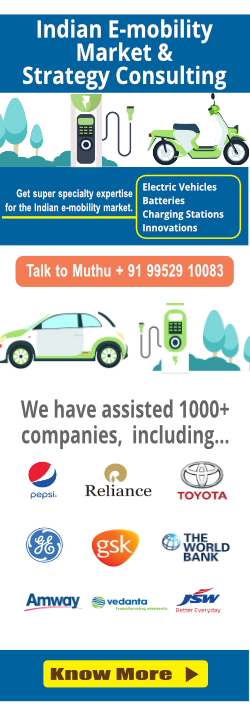Steps involved in setting up a hybrid system deserve extra attention because of its importance or uniqueness.
The key factors to be determined are
- The load mix between PV and generator,
- The size and type of generator, and
- The battery size.
The sizing method assumes that a stand-alone PV system has already been considered–the load has been estimated and the solar radiation at the site is known. The primary decision is the load mix between generators. Selecting the mix is simplified by using the graph given in Figure below.
A hybrid power system has more than one type of generator-usually a gasoline or diesel-powered engine generator and a renewable energy source such as PV, wind, or hydropower system. For explanation, A W-engine hybrid is the only type considered in this report.
A hybrid system is most often used for larger applications such as village power; residential systems where generators already exist; and in applications like telecommunications where availability requirements are near 100 percent. Almost all PV generator hybrid systems include batteries for storage. The most common configuration for a W-generator system is one in which the PV array and the generator each charge the batteries.
A block diagram is shown in the figure below. This configuration is intended to optimize the use of both power sources during normal operation. In many systems, the photovoltaic array is sized to supply power to the load during normal conditions. The generator is used only if solar radiation is low for several days in a row, or if load demand is unusually high. The generator is run for a short period of time near its optimum operating point, typically at 80 to 90 percent of rated power. This kind of operation reduces generator maintenance and fuel costs and prolongs the useful life of the generator.
PV-hybrid System Block Diagram








